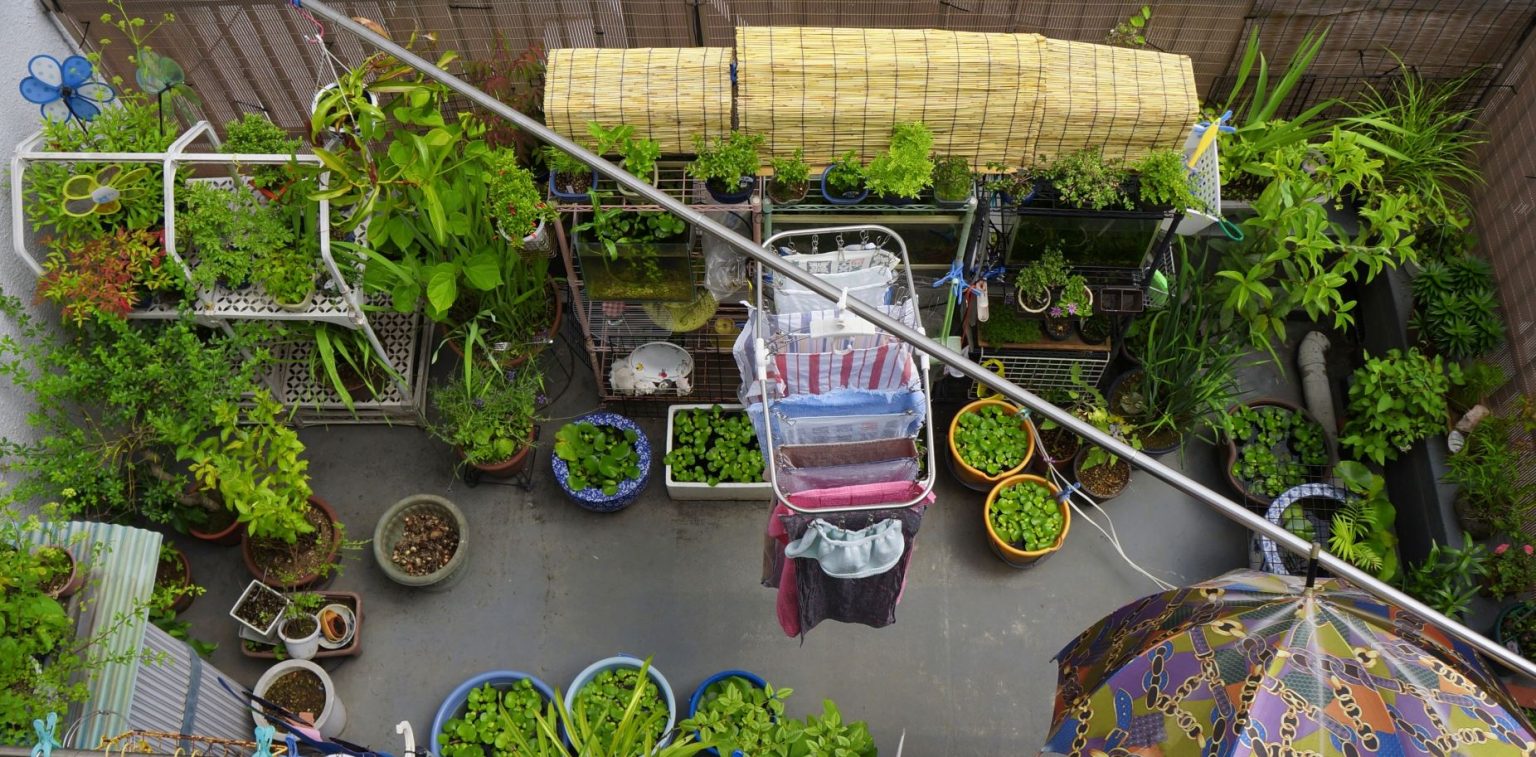Container gardening is an inviting, accessible, and rewarding way to grow your own plants, whether you’re blessed with a sprawling yard or confined to a small balcony. It offers flexibility and creative potential, making it the ideal option for both seasoned gardeners and beginners alike.
What is Container Gardening?
Container gardening is a method of growing plants exclusively in containers—anything from decorative pots and barrels to recycled materials like buckets and old tires.
It’s an efficient way to cultivate greenery without needing a traditional garden bed. This gardening technique allows for greater control over your plants, making it perfect for city-dwellers or anyone looking to transform small spaces into lush, productive gardens.
Why Container Gardening is Perfect for Beginners and Urban Dwellers
Container gardening is like having a miniature ecosystem under your care. For beginners, it simplifies many gardening challenges. Unlike ground gardens, containers give you control over soil quality, water drainage, and even sunlight exposure through mobility.
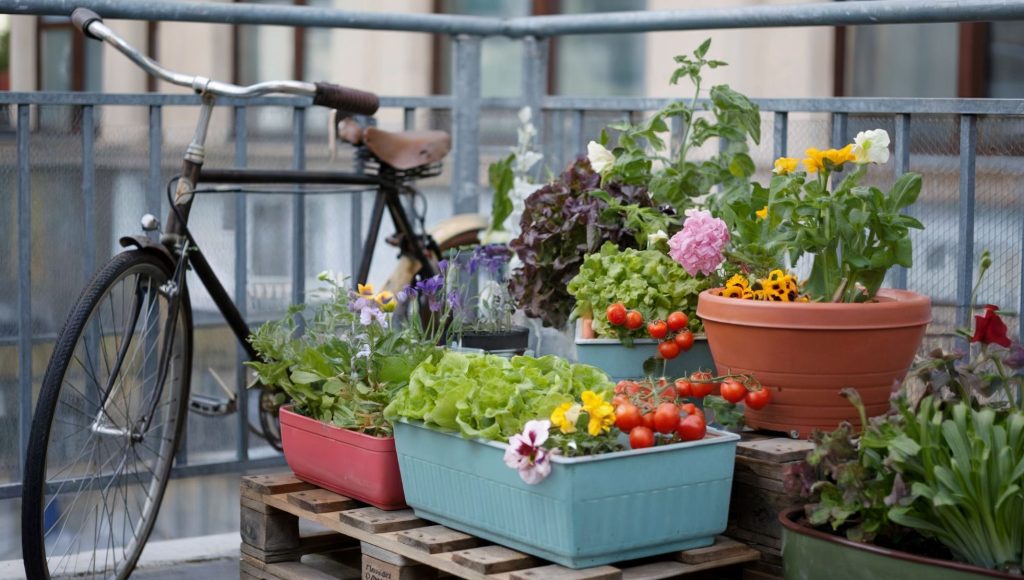
Urban gardeners, often with limited space, can utilize rooftops, balconies, and windowsills to create vibrant, flourishing environments without worrying about invasive roots or sprawling gardens.
The Benefits of Growing Your Own Food in Small Spaces
Aside from the satisfaction of plucking fresh basil or ripe tomatoes right from your doorstep, container gardening offers tangible benefits. Growing your own food reduces grocery bills, limits pesticide exposure, and allows you to eat seasonally.
Even in small spaces, container gardens can yield surprisingly bountiful harvests of herbs, vegetables, and even fruit. Plus, the joy of watching something grow is an antidote to the fast pace of modern life.
Choosing the Right Containers: Size, Shape, and Material
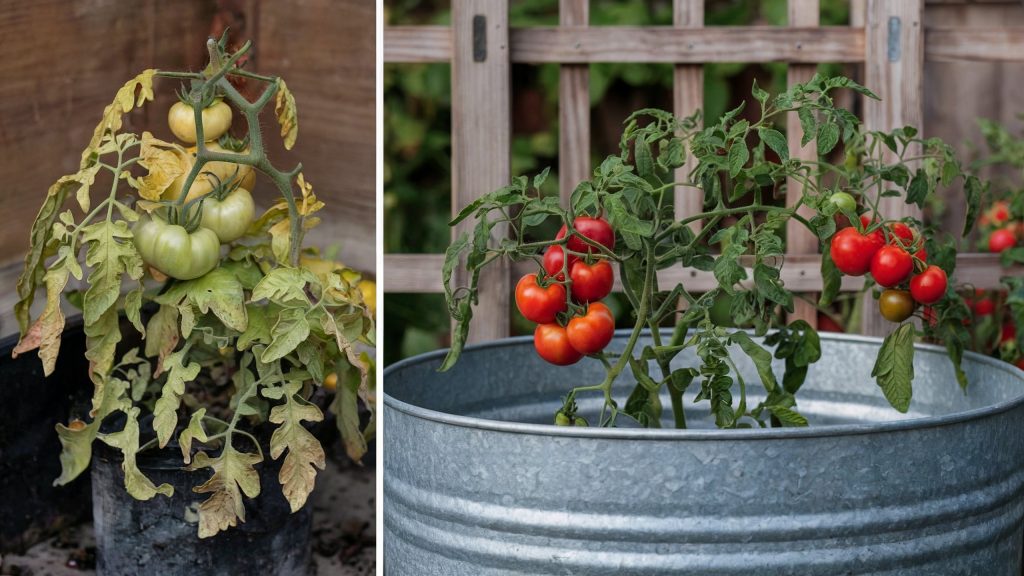
Match Your Plants to the Perfect Container Size
Choosing the right gardening containers for your space can make all the difference. The size of your container can dramatically affect the growth of your plants. Larger plants like tomatoes, carrots, radishes or small fruit trees need deep, roomy containers to allow their roots to spread and access the nutrients they need. Smaller plants like herbs or succulents, on the other hand, thrive in more compact shallow containers.
It’s essential to understand the growth habits of your plants before selecting their home. Too small of a container will restrict root development, leading to stunted growth. Too large, and the soil may retain excess moisture, creating conditions for root rot.
Common Mistakes When Selecting Container Sizes
One of the most frequent mistakes gardeners make is poorly estimating the size needed. A young plant may appear to fit snugly in a small pot, but as it grows, it can quickly outgrow its container, leading to stress and damage.
Conversely, planting a small seedling in an oversized pot can lead to uneven moisture distribution and poor plant development. Always choose a container size that suits both the plant’s current and future needs.
Plastic, Terracotta, or Fabric? Weighing the Pros and Cons
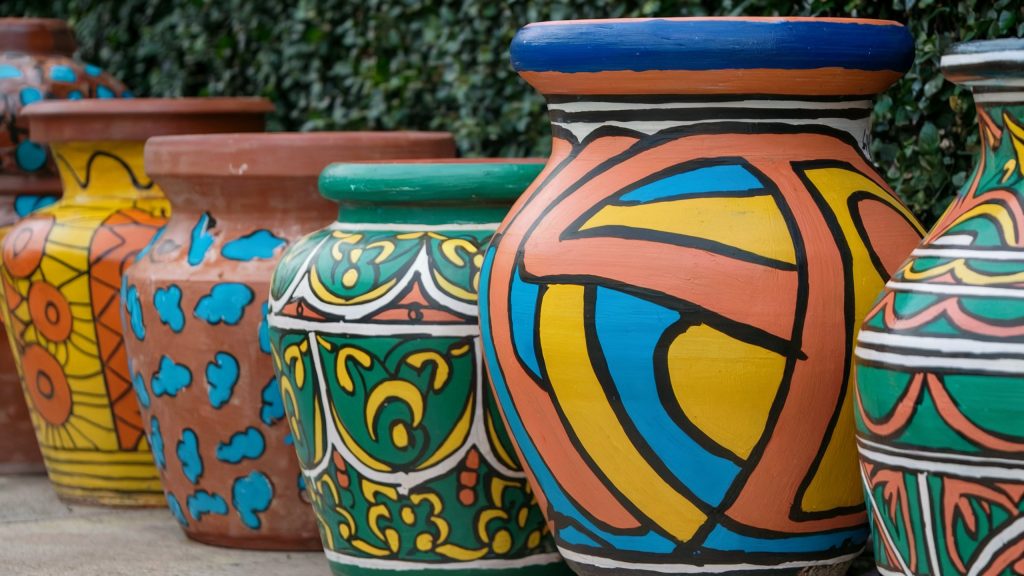
When it comes to material, the choices are varied. Plastic containers are lightweight, inexpensive, and retain moisture well, making them ideal for plants that require consistent hydration.
Terracotta pots, while aesthetically pleasing and natural, tend to dry out quickly and are heavier to move around.
Fabric pots are breathable, promoting better air circulation for roots, but they may require more frequent watering. The key is to match the container material to your climate and plant’s water needs.
Importance of Soil and Drainage: Don’t Let Your Plants Drown
Good drainage is key to keeping your container plants happy. Without proper drainage, excess water can accumulate at the bottom of the pot, depriving roots of oxygen and causing them to rot. It’s vital to choose containers with drainage holes or, if you’re using a decorative container without holes, to create an inner layer with pebbles or mesh to allow water to escape.
Easy Hacks for Adding Drainage to Any Container
If your favorite container lacks proper drainage, don’t worry! It’s easy to drill or poke holes in most materials, whether plastic, wood, or even ceramics. For added protection, you can line the bottom of your container with small stones or broken terracotta pieces. This allows water to filter through and prevents the soil from becoming waterlogged. YouTube channel “joegardenerTV” demonstrates a few DIY solutions:
Soil Matters: The Right Mix for Container Gardens
One of the most common mistakes in container gardening is using regular garden soil. Container plants require a light, well-draining soil mix to thrive. A combination of potting soil, compost, and perlite will give your plants the right balance of nutrients, moisture, and air circulation.
Why Regular Garden Soil Won’t Cut It
Regular garden soil tends to compact in containers, preventing roots from accessing the oxygen they need. It also doesn’t drain as well, which can lead to waterlogged roots. Using a specialized potting mix ensures your plants get the right texture and nutrients for optimal growth.
Organic vs. Commercial Potting Mix: Which One is Right for You?
Organic potting mixes, made from natural ingredients like compost, offer a nutrient-rich base that encourages long-term plant health. Commercial potting mixes, often fortified with synthetic fertilizers, can give an initial boost to plant growth but may require more frequent feeding. Organic soil is kinder to the environment and our health, while commercial mixes offer convenience and consistency.

Yes, there is a bit more challenge, but there is also more reward in the overall health of your container garden plants, as well as your own personal health.
How to Keep Your Soil Healthy Throughout the Season
Over time, container soil can become compacted and nutrient-depleted. Regularly refreshing your soil with organic compost, worm castings, or natural fertilizers can help maintain its health. Consider aerating the soil occasionally by gently loosening it with a small fork to ensure oxygen can reach the roots.
Fertilizing Tips for Maximum Growth
Fertilizing is a major key to successful container gardening.
Organic Fertilizers vs. Synthetic: What’s Best for Your Garden?
Both organic and synthetic fertilizers have their merits. Organic fertilizers, such as compost, fish emulsion, or seaweed, provide long-lasting, slow-release nutrients that improve soil health.
Synthetic fertilizers, on the other hand, offer immediate results but may lead to nutrient depletion over time. Striking a balance between the two can maximize growth while keeping your soil healthy, although our preference is always to take the slower but healthier route with organic.
Because container plants have limited access to nutrients, regular fertilizing is essential regardless of type.
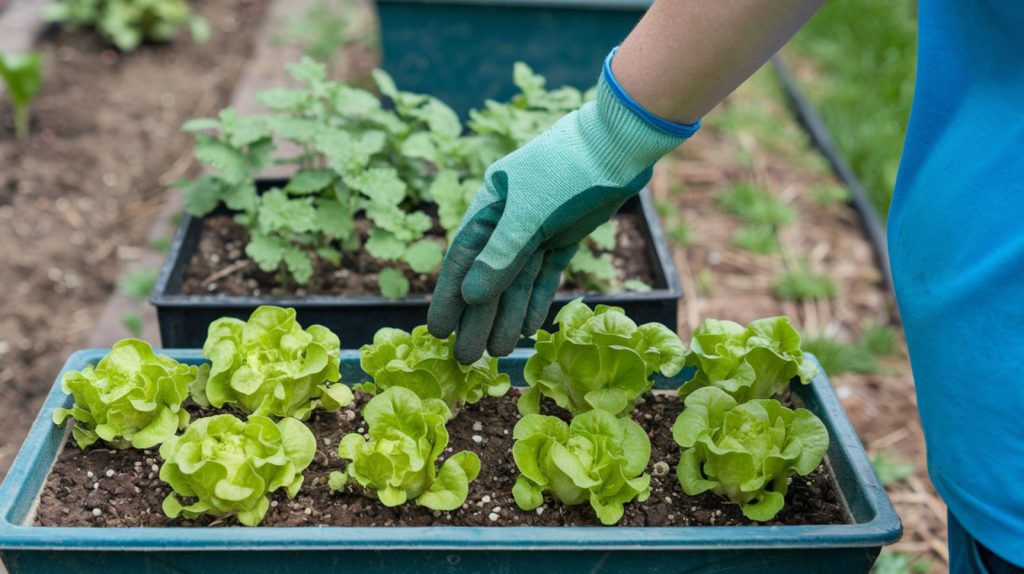
How Often You Should Fertilize Different Plants
Container plants, unlike their ground-dwelling cousins, depend entirely on you for nutrients. Different plants have different feeding requirements. Heavy feeders like tomatoes and peppers may need fertilizer every few weeks, while succulents and herbs can thrive with much less frequent feeding. Pay attention to your plants’ needs and adjust your fertilizing schedule accordingly.
A good rule of thumb is to feed your plants every two weeks with a balanced fertilizer during the growing season.
Slow-release fertilizers are a great option for steady, long-term feeding. Diluted liquid feeds are especially effective for container plants, as they deliver nutrients quickly without overwhelming the roots.
Planting for Success: Selecting and Arranging Your Plants
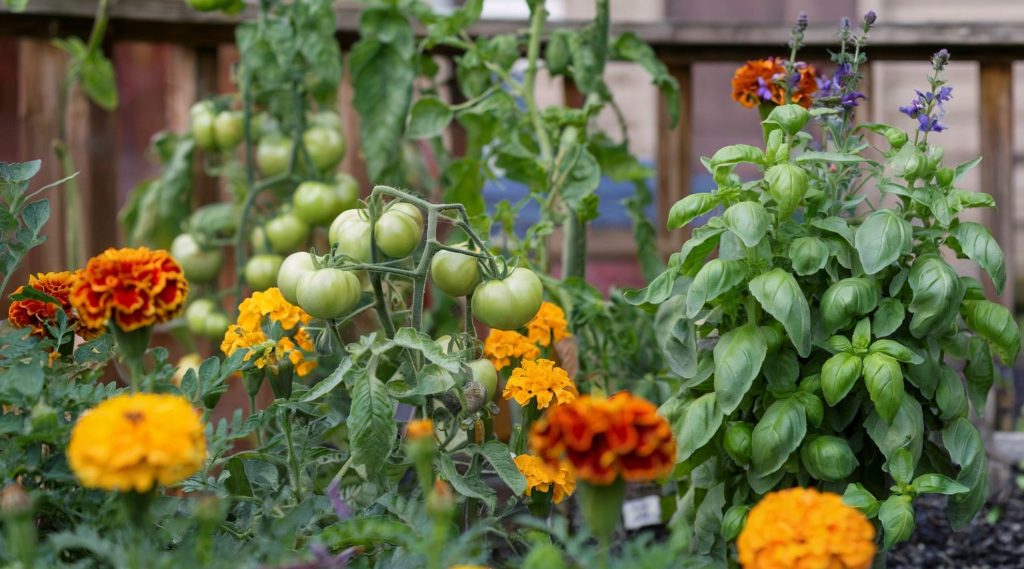
Companion Planting: Choosing the Perfect Pairings
\In container gardening, companion planting can enhance growth, deter pests, and maximize your space. Basil thrives alongside tomatoes, benefiting from shared nutrients and pest protection, while marigolds act as a natural insect repellent for other vegetables. Careful selection of plant partners creates a symbiotic relationship that boosts overall plant health.
Sun-Lovers and Shade-Dwellers: Plants That Thrive in Containers
Some plants soak up the sun, while others prefer a shadier existence. Leafy greens like spinach and lettuce will tolerate partial shade, making them ideal for balconies with limited sun exposure. On the flip side, tomatoes, peppers, and strawberries thrive in full sunlight. Understanding your plants’ light requirements will ensure they flourish.
Edibles vs. Ornamentals: Mixing It Up for Beauty and Utility
Container gardens don’t have to be strictly practical. Mixing edible plants with ornamentals brings both beauty and function to your space. Consider pairing vibrant nasturtiums (which are also edible!) with climbing beans, or combine hardy succulents with herbs for a low-maintenance, yet visually striking display.
Watering Wisdom: Keep Your Plants Hydrated Without Overdoing It
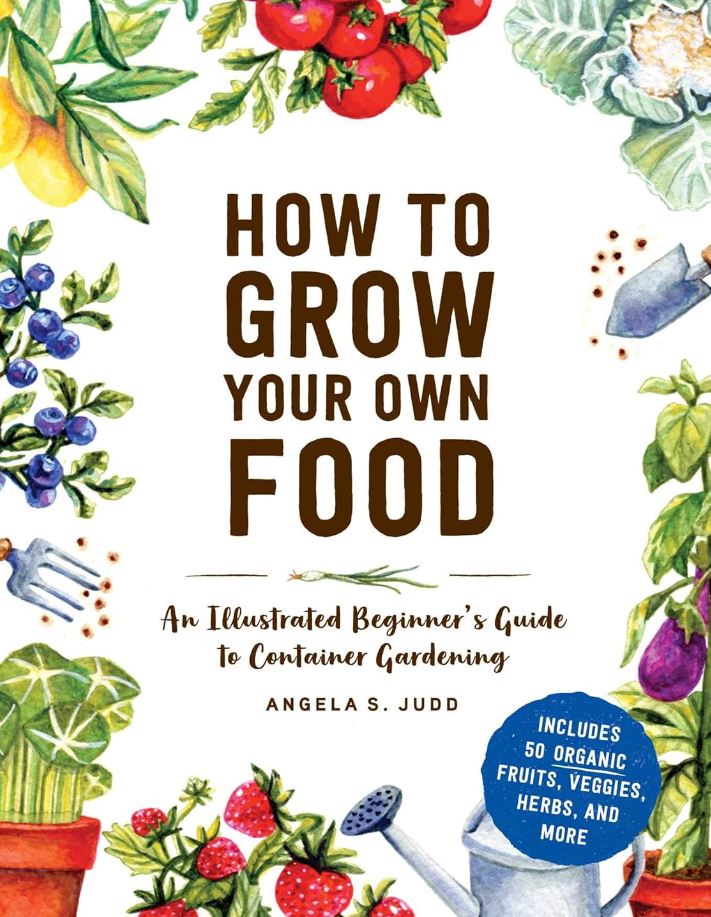
We love this book’s focus on organic vegetables, herbs and fruit that you can begin growing right now in your container gardens.
One of the key chapters is how to water your plants for optimal growth. Make organic food production a breeze!
How Much Water is Too Much? The Art of Perfect Hydration
Watering is a delicate balancing act. Too little, and your plants will wilt. Too much, and you risk drowning their roots. The key is to water deeply, allowing the water to reach the entire root system. Avoid shallow, frequent watering, which encourages weak root growth. Stick your finger into the soil; if the top inch feels dry, it’s time to water.
The Best Time to Water Your Container Garden
Timing is everything when it comes to watering. Early morning or late afternoon is the best time to water, giving your plants enough moisture to sustain them through the heat of the day. Watering in the evening, though convenient, can leave foliage damp overnight, inviting fungal growth.
Self-Watering Systems: Hands-Free Solutions for Busy Gardeners
For gardeners with hectic schedules, self-watering containers can be a game-changer. These containers use reservoirs to deliver water to the plant’s roots over time, reducing the risk of over-watering and offering a more consistent moisture supply. It’s a hassle-free solution that ensures your plants stay hydrated, even when life gets busy.
Year-round Container Garden Maintenance Tips
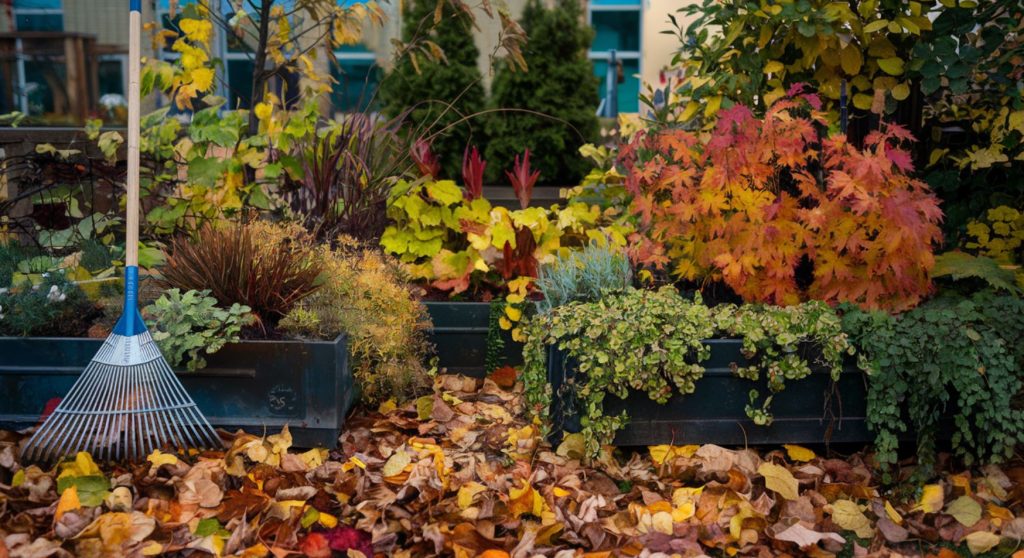
Pruning and Deadheading for Continued Growth
Regular pruning and deadheading (removing spent flowers) are essential for keeping your plants healthy and encouraging more growth. Pruning helps control the size of your plants, preventing them from becoming leggy or unruly, while deadheading encourages more blooms or fruiting.
How to Winterize Your Container Garden
As the temperatures drop, your container garden will need some extra care to survive the winter. For perennials, move containers to a sheltered location or insulate them with bubble wrap or burlap. Annual plants, however, may need to be replaced in the spring. If you live in a milder climate, consider growing cold-tolerant plants like kale or pansies through the cooler months.
Rotating Plants: Keeping Your Garden Fresh and Productive
Just like in-ground gardens, rotating your container plants can help maintain soil health and prevent disease buildup. Every season, switch up your plant selection to give the soil time to recover. This not only keeps your garden productive but also provides the opportunity to experiment with new and exciting plant varieties.
Solutions to Common Container Garden Problems
YouTube channel “Frosty Garden” highlights key tips and tricks to fix 8 common problems with container gardens that he has identified. We offer our own additional options and suggestions below.
Nutrient Deficiencies and How to Fix Them
Yellowing leaves, stunted growth, or a general lack of vitality are all signs your plants are hungry for nutrients.
A quick fix is a balanced liquid fertilizer or a top-dressing of compost. However, always monitor your plants closely—over-fertilizing can lead to nutrient burn, so it’s better to feed lightly and often.
Dealing with Pests and Diseases in Containers
Prevention is the best cure, but early detection is crucial when it comes to pests and diseases. Wilting, discolored leaves, or holes in foliage are all red flags. Inspect your plants regularly, especially underneath leaves where pests like to hide.
Natural Pest Control Solutions for Container Gardens
When it comes to dealing with pests, nature often provides the best solutions. Introduce beneficial insects like ladybugs and predatory nematodes to your garden, or use neem oil as an effective, non-toxic deterrent.
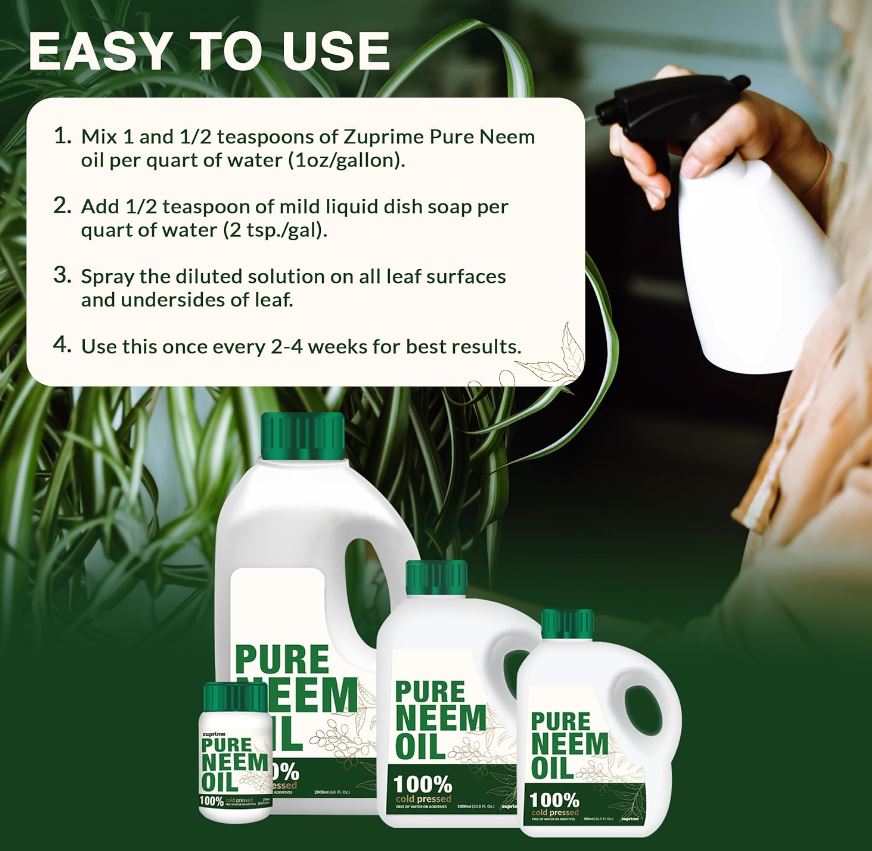
Organic Neem Oil is one of the best organic solutions to pest control. Unlike other neem oil spray for plants that include mixtures & vegetable oils, this is 100% cold-pressed from the neem nut.
DIY insecticidal soaps made from gentle ingredients like Castile soap and water can also help keep pests at bay without harming your plants.
Preventing Common Diseases in Confined Spaces
The close quarters of container gardening can sometimes lead to fungal infections or other diseases. To prevent disease, ensure your plants have proper air circulation by spacing them adequately. Regularly clean your containers between plantings, and always remove dead or diseased foliage promptly.
Harvesting and Enjoying Your Container Garden Bounty
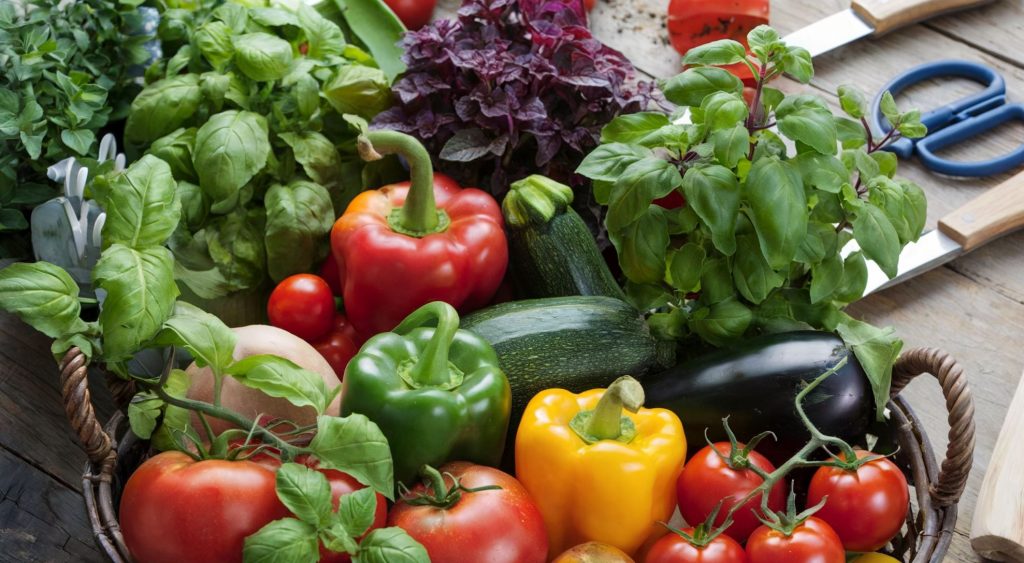
When to Harvest: Knowing the Right Time for Each Crop
Timing your container garden harvest is crucial for flavor and nutrition. Herbs should be harvested just before they flower, while vegetables like tomatoes are best picked when fully ripe but still firm. Harvesting frequently encourages more production, so don’t be shy about snipping a little here and there.
Tips for Storing and Using Your Homegrown Produce
Once harvested, storing your produce properly ensures it lasts longer. Herbs can be air-dried or frozen in olive oil, while veggies like tomatoes and peppers can be canned or frozen. This allows you to enjoy your garden’s bounty long after the growing season has ended.
Creative Ways to Use Your Fresh Herbs, Vegetables, and Flowers
There’s nothing more satisfying than incorporating your homegrown ingredients into delicious meals. Fresh herbs can elevate even the simplest dishes, while vegetables can be roasted, sautéed, or turned into homemade sauces and salsas.
Don’t forget about flowers, either—edible blooms like nasturtiums and pansies make delightful, colorful additions to salads and desserts. Check out this incredible pesto recipe that can be created from edible flowers and herbs from your container garden.
Conclusion
Container gardening may seem simple, but with the right tips and techniques, it can become a thriving, productive way to grow a lush garden in even the smallest of spaces. It’s not just about gardening—it’s about cultivating joy, creativity, and self-sufficiency, one container at a time.
See Our Latest Posts
- Simple Recipes for DIY Herbal Salves and Balms
- Delicious One-Pot Homestead Meals from Pantry Staples
- 5 Best Meat Dehydrators for DIY Jerky on Amazon (2025)
- Urban Homestead Hacks from Backyard to Balcony
- Creative Strategies for Frugal Homesteading
Write A Guest Post For Us!
Are you passionate about gardening, raising livestock or preserving food? We’re excited to announce that we’re now accepting guest posts for all aspects of homesteading!

